Exhibition, LDM Triple
The Role of Laser Technology in Modern Aesthetic Treatments
Laser technology like LDM Triple has revolutionized the field of aesthetic treatments, offering innovative solutions that address a variety of skin and cosmetic concerns. From non-invasive skin resurfacing to hair removal and scar reduction, lasers are becoming a key tool for professionals looking to provide effective, minimally invasive options for patients. Laser treatments offer the benefit of precision and customization, allowing practitioners to tailor treatments based on individual skin types and concerns.
This shift toward advanced laser treatments in aesthetic procedures is driven by the growing demand for non-invasive solutions that offer visible results with minimal recovery time. Patients today seek fast, effective solutions that address issues like wrinkles, acne scars, and uneven skin tone while avoiding the risks and downtime associated with more invasive procedures. In this article, we will explore the evolution, applications, and future of laser technology in modern aesthetic treatments.
Evolution of Laser Treatments in Cosmetic Procedures
The use of laser technology in cosmetic treatments has come a long way since its inception. The first generation of aesthetic laser treatments primarily focused on hair removal and basic skin resurfacing. These treatments were effective but often came with significant downtime, discomfort, and risk of side effects, such as pigmentation changes or skin damage.
Over the years, advancements in laser technology have transformed the landscape of aesthetic procedures. Modern laser systems now offer more targeted treatments, improved safety profiles, and better patient outcomes. Innovations such as fractional lasers and picosecond lasers allow practitioners to treat deeper layers of skin with precision, delivering better results while minimizing recovery time. These advancements have made laser technology a preferred option for treating a broad spectrum of cosmetic concerns.
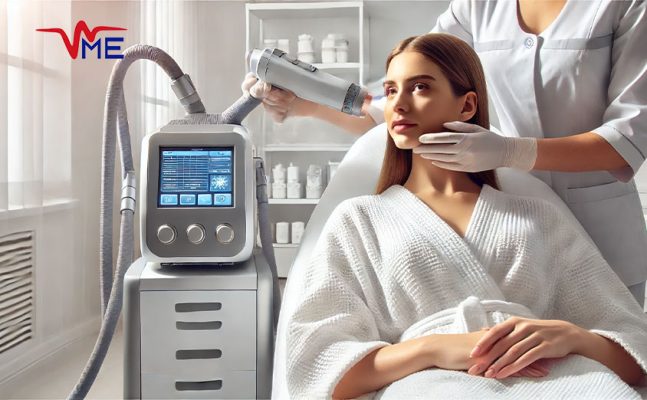
Key Benefits of Laser Technology for Skin
Laser technology provides several advantages over traditional aesthetic treatments:
- Precision: Lasers can target specific skin layers or concerns with unparalleled accuracy, making them ideal for treating delicate areas without damaging surrounding tissues.
- Non-Invasive: Most laser treatments are non-invasive or minimally invasive, reducing the need for anesthesia or lengthy recovery periods.
- Versatility: Lasers can address multiple skin concerns, from resurfacing to treating scars, pigmentation, and unwanted hair.
- Long-Lasting Results: Many laser treatments stimulate the skin’s natural healing processes, leading to long-term improvements in skin texture, tone, and elasticity.
Types of Laser Technologies Used in Aesthetic Treatments
Different types of laser technologies are used in aesthetic treatments, each designed to target specific skin conditions or cosmetic concerns.
Fractional CO2 Laser
Fractional CO2 lasers are widely used for skin resurfacing and rejuvenation. These lasers work by creating microscopic channels in the skin, stimulating collagen production while leaving surrounding tissue intact. This allows for faster healing and minimizes downtime. Fractional CO2 lasers are particularly effective for treating deep wrinkles, scars, and sun-damaged skin.
The treatment is often referred to as fractional because it targets a fraction of the skin at a time, offering controlled resurfacing that delivers dramatic results with less recovery time compared to traditional CO2 lasers.
Picosecond and Nanosecond Lasers
Picosecond and nanosecond lasers are primarily used for tattoo removal, pigment correction, and treating fine lines and wrinkles. These lasers deliver ultra-short pulses of energy, breaking down pigment particles or scar tissue at a molecular level. Picosecond lasers are highly effective for treating stubborn skin conditions, such as hyperpigmentation, acne scars, and even unwanted tattoos, offering faster results with fewer sessions.
Because these lasers emit such short bursts of energy, they minimize the risk of damaging surrounding tissues, making them a safer option for delicate areas and a variety of skin tones.
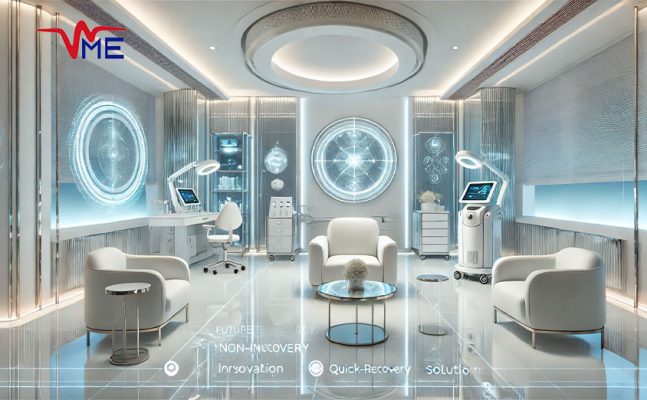
Erbium YAG Lasers
Erbium YAG lasers are another popular option for skin resurfacing and treating superficial wrinkles. Known for their precision and ability to vaporize tissue without damaging surrounding areas, Erbium YAG lasers are particularly well-suited for individuals with fair skin or those looking for more moderate resurfacing treatments. This type of laser offers shorter recovery times and less post-treatment redness compared to deeper resurfacing lasers.
Applications of Laser Technology in Aesthetic Treatments
Laser technology is highly versatile and can be used to address a variety of cosmetic and dermatological concerns. Some of the most common applications of laser technology in aesthetic treatments include:
Skin Resurfacing and Rejuvenation
One of the most popular uses of laser technology is skin resurfacing, which helps improve skin texture, tone, and elasticity. Lasers remove damaged layers of skin, promoting the growth of new, healthy skin. This treatment is ideal for individuals looking to reduce the appearance of fine lines, wrinkles, sun damage, and age spots. The process also stimulates collagen production, helping the skin maintain a youthful glow over time.
Laser Hair Removal
Laser hair removal is one of the most sought-after aesthetic procedures globally. By targeting the hair follicle with specific wavelengths of light, lasers can destroy hair at the root, preventing future growth. This method is highly effective for removing unwanted hair on the face, arms, legs, and bikini area. While multiple sessions are required to achieve optimal results, laser hair removal offers a more permanent solution than traditional methods like waxing or shaving.
Treatment of Pigmentation and Scars
Laser treatments are also used to treat pigmentation issues, such as melasma, age spots, and acne scars. Lasers break down excess melanin or scar tissue, allowing the skin to regenerate more evenly. Picosecond lasers, in particular, have proven effective for these treatments, as they can target deeper layers of skin without damaging the surface. Patients often notice smoother, more even-toned skin after a series of laser treatments.
Advantages of Laser Technology in Aesthetic Treatments
The popularity of laser technology in aesthetic treatments can be attributed to several key advantages:
Precision and Customization
Lasers allow practitioners to precisely target problem areas, whether it’s removing fine lines around the eyes, treating pigmentation on the cheeks, or reducing scars on the body. This precision also means that treatments can be customized to suit individual patient needs, ensuring that the results align with their aesthetic goals.
With advancements in laser technology, treatments can be personalized based on skin type, concern, and sensitivity, allowing for safer and more effective outcomes.
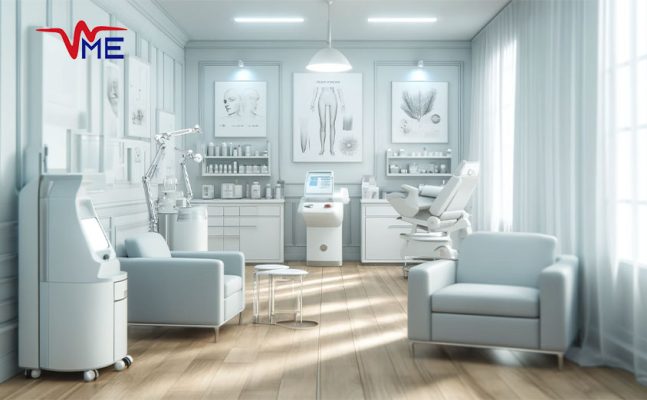
Minimally Invasive with Short Recovery Time
Compared to traditional cosmetic procedures, such as surgical facelifts or chemical peels, laser treatments are far less invasive. Most laser treatments require minimal downtime, with patients able to resume their daily activities shortly after the procedure. In many cases, side effects are limited to mild redness or swelling, which subsides within a few days.
This makes laser treatments an attractive option for individuals who want visible improvements in their skin without the risks, scarring, or lengthy recovery times associated with more invasive procedures.
Comparing Laser Treatments with Other Aesthetic Procedures
When considering aesthetic treatments, patients often compare laser treatments with other available procedures to determine which option is best suited to their needs.
Chemical Peels vs Laser Resurfacing
Chemical peels and laser resurfacing are both used to improve skin texture and tone. Chemical peels involve applying a chemical solution to the skin, which causes the outer layers to peel away, revealing fresh skin underneath. However, chemical peels can cause significant peeling and redness, often requiring extended recovery times.
Laser resurfacing, on the other hand, offers more control and precision, targeting specific areas of concern without affecting the entire face. Laser treatments typically have shorter recovery times and can deliver more dramatic results with fewer side effects.
Laser Hair Removal vs Traditional Methods
Laser hair removal offers a permanent solution to unwanted hair, whereas traditional methods like waxing, shaving, or depilatory creams only provide temporary results. Waxing and shaving can also cause irritation, ingrown hairs, and discomfort, while laser hair removal targets the hair follicle itself, reducing the chances of regrowth and ingrown hairs over time.
Though laser hair removal requires multiple sessions, it provides long-lasting results, saving patients time and effort in the long run.
The Future of Laser Technology in Aesthetic Treatments
As technology continues to advance, the future of laser treatments in aesthetic medicine looks promising. New innovations are expected to further improve the effectiveness, safety, and accessibility of laser-based procedures.
Innovations in Laser Devices
Recent advancements in laser technology have led to the development of devices that offer more precise targeting, shorter treatment times, and reduced side effects. These innovations include multi-wavelength lasers that can treat multiple skin conditions in a single session, as well as fractional lasers that provide deeper skin penetration with less discomfort.
Furthermore, advancements in cooling systems have made laser treatments more comfortable for patients, allowing practitioners to deliver higher energy levels without causing discomfort or skin damage.
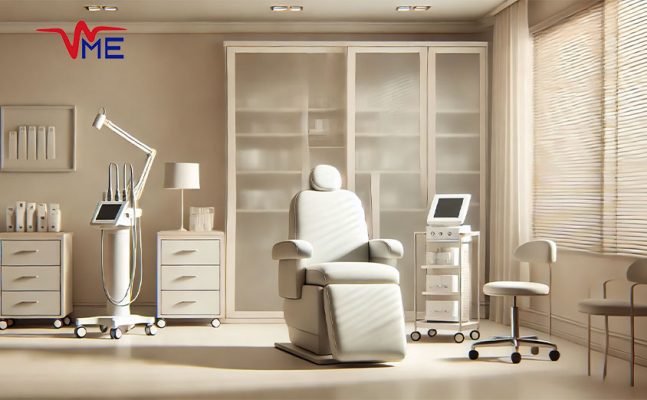
Personalized Laser Treatments Based on Skin Type
The growing trend toward personalized medicine is also influencing the field of aesthetic treatments. Modern laser systems can be calibrated based on the patient’s skin type, tone, and specific concerns, offering highly tailored treatments. This ensures safer and more effective outcomes, particularly for individuals with darker skin tones, who were once more susceptible to pigmentation issues with older laser technologies.
Laser Technology’s Impact on Aesthetic Medicine
Laser technology like LDM Triple has become an integral part of modern aesthetic medicine, offering versatile, non-invasive solutions for a wide range of cosmetic concerns. From skin resurfacing to hair removal and scar treatment, lasers provide patients with safe, effective treatments that deliver long-lasting results with minimal downtime.
As advancements in laser technology continue to emerge, the future of aesthetic treatments promises even more innovation, allowing practitioners to offer personalized, precise solutions for improving skin health and appearance. For individuals seeking transformative results without the risks associated with more invasive procedures, laser treatments represent the cutting edge of modern cosmetic care.

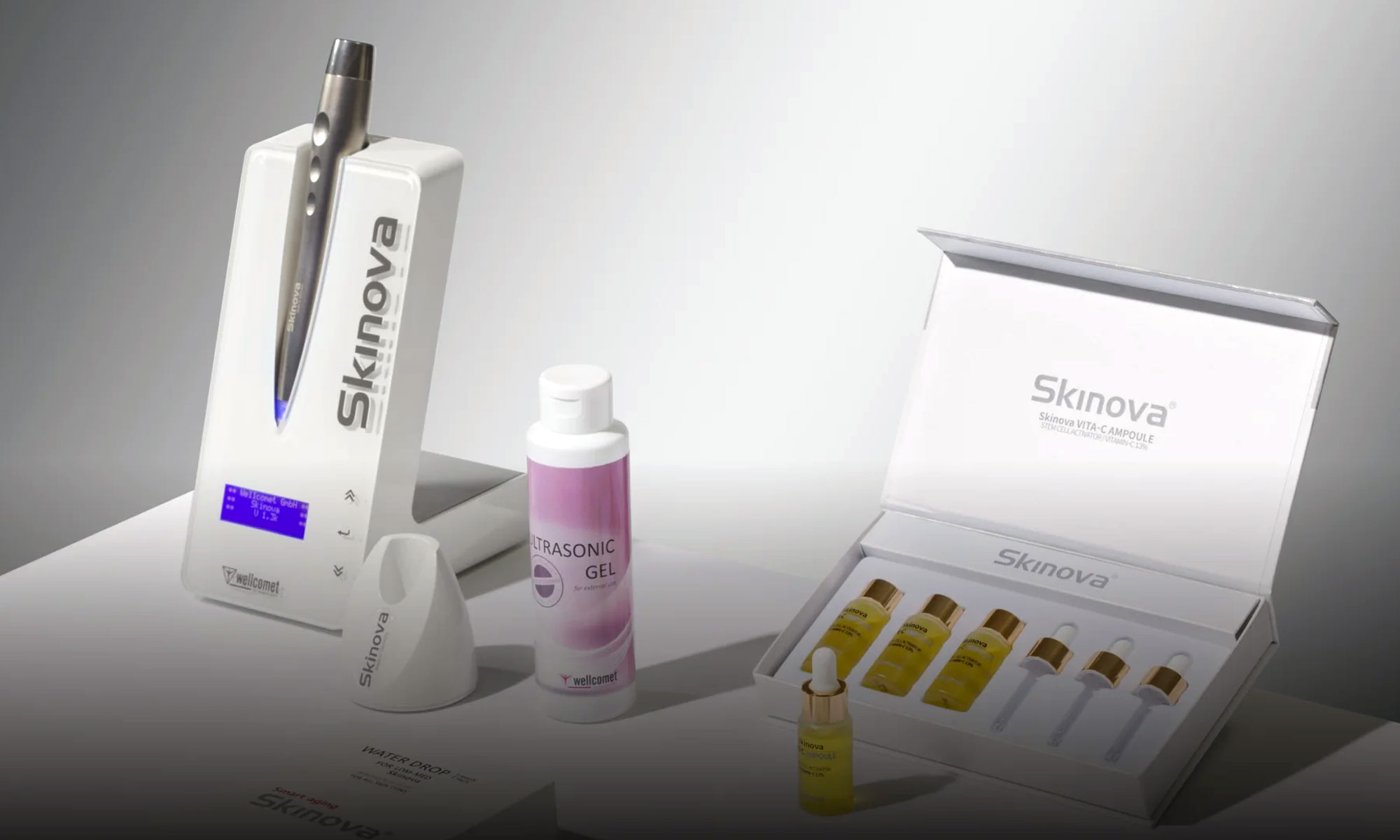

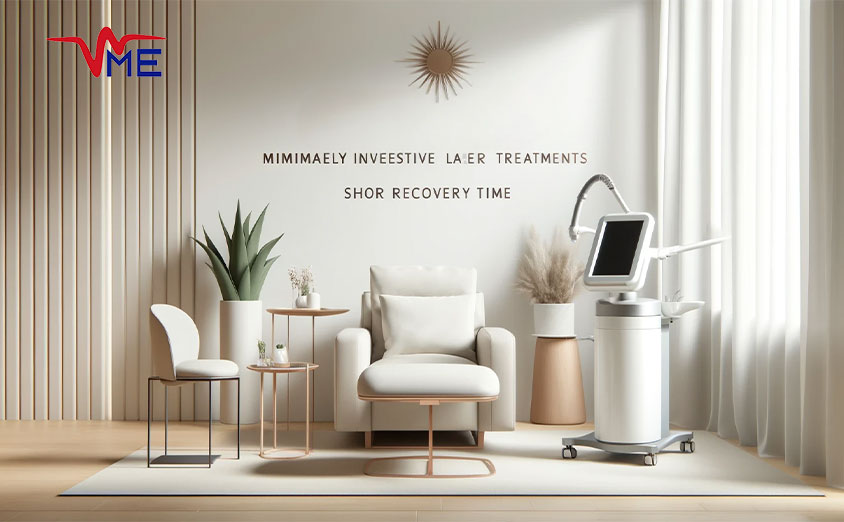
Such an informative piece! It’s impressive to see how laser technology is transforming aesthetic treatments. Great explanation of its benefits!